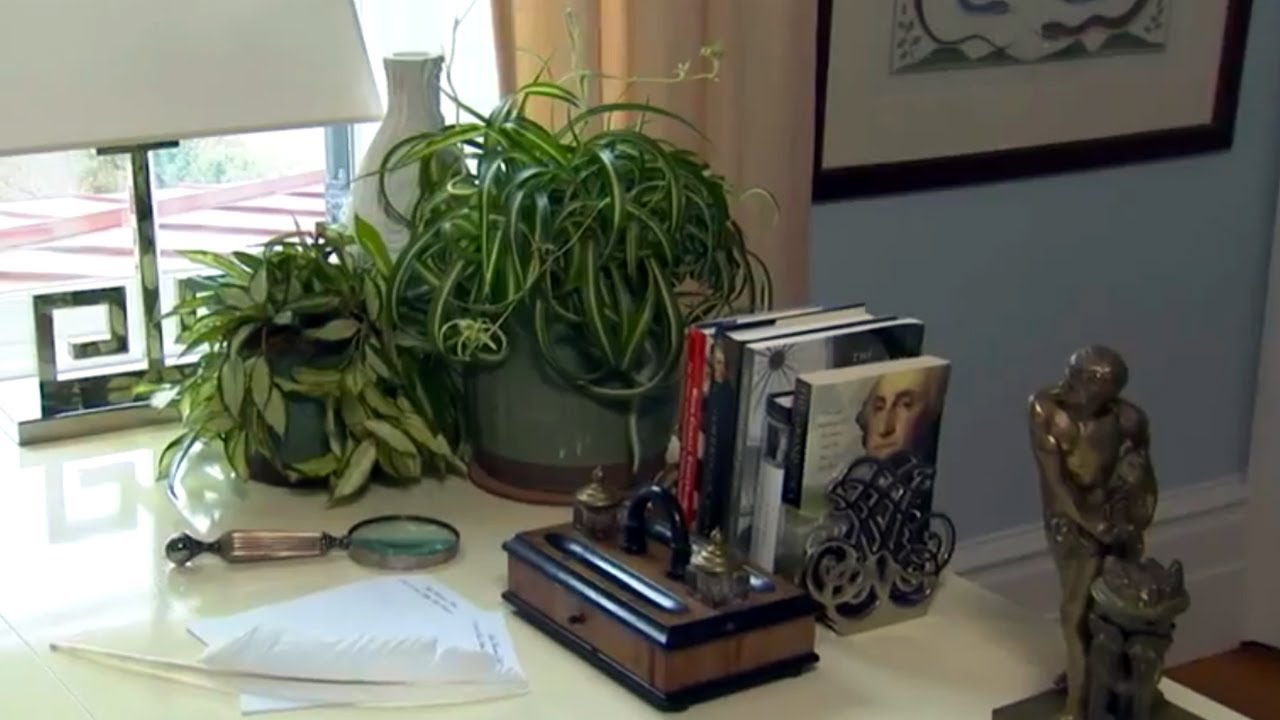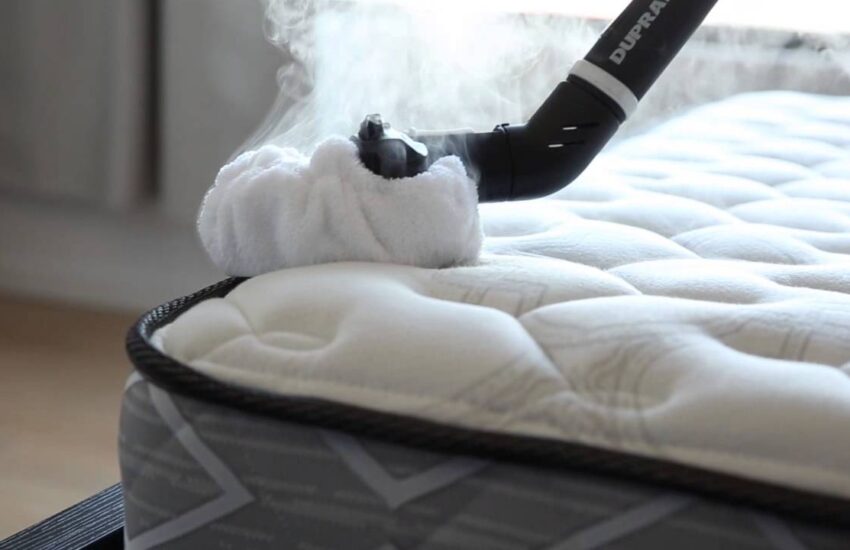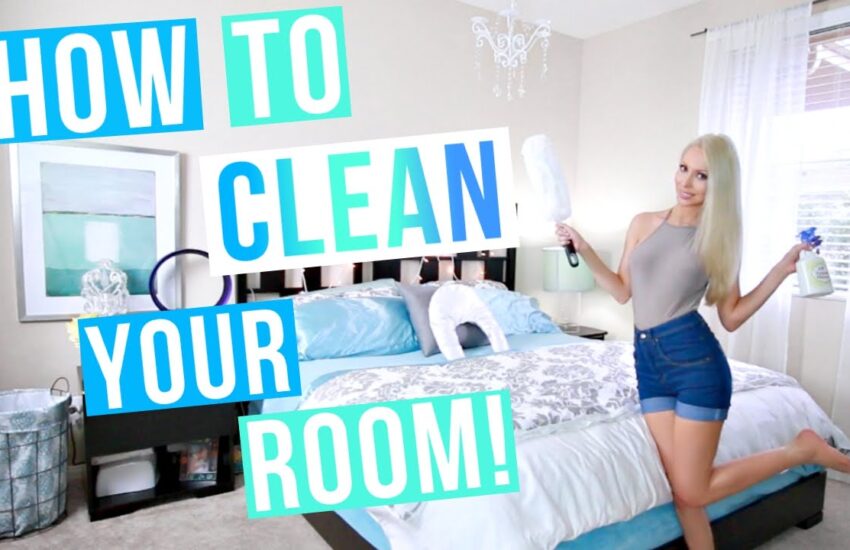How to purify the air in your home?
One of the best ways to prevent common contaminants in the air of your home is to clean your house frequently. Dust can be kept at a minimum with regular cleaning, and small mold infestations can be treated to eliminate spores. To minimize pollen, use a fan to circulate air in your home. Opening windows during the warmer months will cause pollen to buildup, so close them during the winter.
Activated charcoal
Activated charcoal is a time-tested remedy that can help you clean the air in your home naturally. This mineral is used in skincare products and in fish tanks to filter out toxins. Activated charcoal is also used in skincare products and in the kitchen to treat drug overdoses. Before using this natural remedy, talk to your doctor. This will ensure you’re using it in the safest and most effective way possible.
Activated carbon is used in air filters and can also be used in car cabin air filters. These products are effective at removing many types of airborne pollutants. Activated carbon is made by chemically processing carbon materials to increase their surface area. The high surface area of these materials makes them highly effective at absorbing microscopic materials. Charcoal air filters help you breathe easier and are a great investment for your health.
If you want to buy a charcoal air filter for your home, you should consider buying a kit. Activated charcoal is more effective and safer than regular charcoal. You can buy charcoal sachets online or from a local store. Make sure that the charcoal is pure and free of chemical additives. Once you purchase the charcoal sachets, you can place them in your home and start breathing clean air.
You can also place loose activated charcoal in a sachet or even an old clean sock. Activated charcoal is a great decoration piece and a great way to keep air circulating. It smells like smoke, so use caution with any odorous items in your home. It’s best to use aquarium filters if you have sensitive animals. In addition to aquarium filters, you can also try a charcoal bag inside your aquarium to keep your fish and other pets’ odors under control.
Beeswax candles
The burning of paraffin candles causes air pollution in the home. The soot and smoke particles get into the lungs and lower respiratory system, including the alveoli. These particles can affect the health of the user by increasing their chances of contracting a cancer. Candles have also been associated with a host of other health problems, including common allergies and early menopause. Beeswax candles do not emit toxins or produce inorganic byproducts, which make them an excellent choice for purification of the air in your home.
Beeswax candles purify the air in your home by releasing negative ions. Negative ions bond with positive ions in the air. These ions have been linked to mood and energy. Beeswax candles have the ability to remove common allergens and other toxins from the air. Beeswax candles burn slow and emit a sweet, clean smell. Additionally, beeswax candles burn slowly and last longer than other types of candles.
Beeswax candles also improve the quality of indoor air. The negative ions they emit are the same as those found in air purifiers. Beeswax candles reduce indoor air pollution, helping you breathe easier. In addition to improving the air quality of your home, they also reduce the chances of developing allergies and asthma. Beeswax candles also stimulate the pituitary gland, which is connected to the brain. They also promote better sleep and enhance intuition.
Burning candles releases toxins into your home. Candles that contain paraffin and other petroleum-based chemicals are also responsible for discoloration of walls and ceilings. In addition, burning scented candles can trigger respiratory irritation. Beeswax candles clean the air while burning. They also purify the air in the air. And while you may not be able to get rid of them completely, you can still enjoy the ambiance.
Ventilation
The indoor air quality in your home can be significantly affected by a variety of pollutants. Smoke, pollen, and smog can all enter your home, and your household cleaners can release harmful chemicals and vapors. Even running water and cooking can contribute to indoor air pollution by releasing exhaust fumes and mold spores. With an average American spending 90 percent of their time indoors, it’s important to ensure you’re breathing clean air to feel comfortable.
There are many signs that your home needs ventilation. For example, moist air on the windows indicates poor ventilation. A faulty ventilation system could be the cause of these signs. If the ventilation system is not working, install a portable HEPA cleaner to remove exhaled particles. If you have a malfunctioning ventilation system, consider replacing it with an energy-efficient model. To keep your home’s air fresh, you’ll need to have it inspected and adjusted at least once a year.
Houseplants
The best way to clean indoor air is by growing houseplants. These plants are both beautiful and effective air purifiers. Many of them can remove air pollutants, including formaldehyde, benzene, and xylene. Even tap water can be contaminated. In addition, some plants also improve our mental health. Several studies have shown that living plants are more pleasant to be around than those originating from a lab.
Dwarf mountain palm is a good example of a houseplant that can clean the air. This plant can survive in most conditions, and is extremely easy to grow. It also tolerates temperature fluctuations and shade conditions. This plant only needs watering when the top couple of inches of soil have dried up. If the plant is not getting enough water, it is likely suffering from drought. It is also a slow-growing houseplant, but it will clean the air in your home naturally.
Another houseplant that can purify the air is the African violet. This plant originates from Africa, and is considered one of the most effective air purifiers. It also looks good on a coffee table. This plant is low maintenance, but needs less water than many other plants. Be sure to avoid overwatering as this could lead to root rot. It’s also not very common for homes to have adequate light for very high-light plants, but it can still look nice in a home.
The English ivy is another popular plant for purifying the air. According to ongoing research, this plant can remove up to 78% of airborne mould. In addition to cleansing the air, it can improve mental health. In addition to cleaning the air, the plants will reduce carbon dioxide levels and soothe bad smells. So, it’s definitely worth a shot. And don’t forget that houseplants don’t have to be exotic!
Air purifiers
Purchasing an air purifier can help you breathe easier because it will clean stale, unhealthy air. Most of them can handle large rooms and will change the air volume a certain number of times per hour. You can buy air purifiers with different features and sizes to suit different rooms. To avoid overspending, buy one that can be positioned in the open. Air purifiers can help you breathe easier and save you money on utilities.
Aside from eliminating allergens from the air, some models can also target the bad air in your house. You can use exhaust fans to remove smoke after cooking or to dry up damp rooms. Most allergens are harmless and a HEPA air purifier can get rid of them. Besides improving the quality of your sleep, clean air can also improve your mood and improve your cognitive functions. Aside from making your home more comfortable and safer, an air purifier can also help you protect your family’s health.
The size of the air purifier you purchase depends on the area that you want treated. The size of the machine and its efficiency determine its cost. There are various types of air purifiers, including mechanical ones that force the air through a filter. High-grade filters contain HEPA-grade filters, which are effective at capturing the smallest particles. If you’re worried about the noise of the air purifier, you can purchase a model that is larger to cover more space and run at lower speeds.
You can place an air purifier anywhere in your home, but the best place to put one is in your bedroom. You should choose a room that has the CADR of the room in which you want to place the purifier. If you’re planning to use an air purifier in your living room, choose a room with a lower CADR. Otherwise, it won’t do much good.


